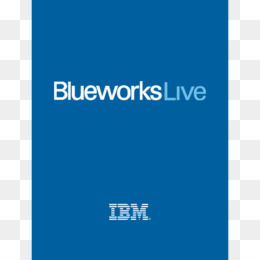Description
Introduction of MuleSoft Integration with Salesforce
MuleSoft Integration with Salesforce: A Practical Guide is designed to help professionals understand how to effectively integrate Salesforce with various applications using the MuleSoft Anypoint Platform. This course provides hands-on experience in leveraging MuleSoft’s capabilities to streamline data exchange, enhance business processes, and improve customer experiences.
Prerequisites of MuleSoft Integration with Salesforce
- Basic understanding of MuleSoft Anypoint Platform
- Familiarity with Salesforce concepts and functionalities
- Experience in API design and integration practices
Table of Contents
- Introduction
1.1 Overview of MuleSoft and Salesforce
1.2 Benefits of Integrating Salesforce with MuleSoft
1.3 Key Integration Scenarios - Understanding Salesforce APIs
2.1 Overview of Salesforce APIs (REST, SOAP, Bulk)
2.2 Authentication Mechanisms for Salesforce APIs
2.3 Choosing the Right API - Setting Up the MuleSoft Anypoint Platform
3.1 Configuring Anypoint Studio for Salesforce Integration
3.2 Connecting to Salesforce from MuleSoft(Ref: Optimizing MuleSoft Performance: Best Practices and Tools)
3.3 Importing and Managing Salesforce Metadata - Building Integrations with MuleSoft
4.1 Designing Integration Flows for Salesforce
4.2 Utilizing Salesforce Connectors in MuleSoft
4.3 Mapping Data between Salesforce and Other Systems - Error Handling and Logging
5.1 Implementing Error Handling Strategies in MuleSoft
5.2 Logging Integration Events for Troubleshooting
5.3 Monitoring Integration Performance with Anypoint Monitoring - Data Transformation Techniques
6.1 Using DataWeave for Data Transformation
6.2 Handling Complex Data Structures in Salesforce
6.3 Validating and Enriching Data Before Sending to Salesforce - Implementing Real-Time Integrations
7.1 Designing Real-Time Integration Flows
7.2 Using Salesforce Streaming API for Event-Driven Integrations
7.3 Handling Data Synchronization between Systems - Bulk Data Operations
8.1 Performing Bulk Data Operations with Salesforce
8.2 Utilizing Bulk API for Large Data Sets
8.3 Scheduling Batch Jobs for Data Processing - Security Best Practices
9.1 Implementing Security Measures
9.2 Managing API Keys and Secrets
9.3 Ensuring Data Compliance and Protection10.Case Studies and Future Trends
10.1 Analyzing Successful
10.2 Learning from Real-World Challenges and Solutions
10.3 Discussing Future Trends in Integration Technologies
Conclusion
This course equips participants with the practical skills needed to integrate Salesforce effectively with MuleSoft. By mastering integration techniques, data transformation, and security practices, participants will enhance their ability to create robust solutions that drive business success and improve customer engagement.







Reviews
There are no reviews yet.